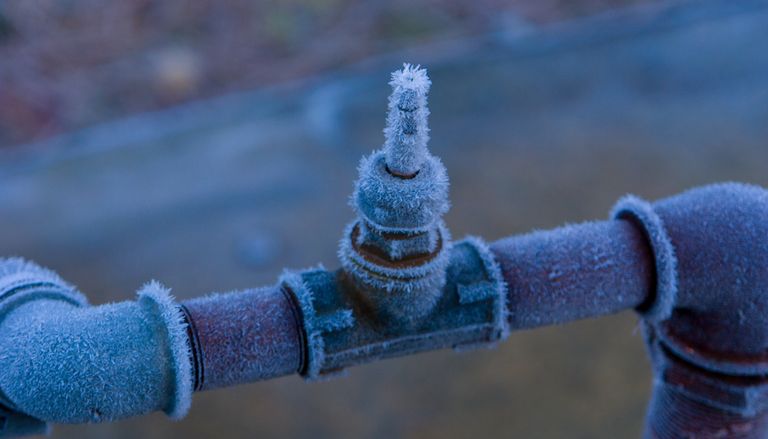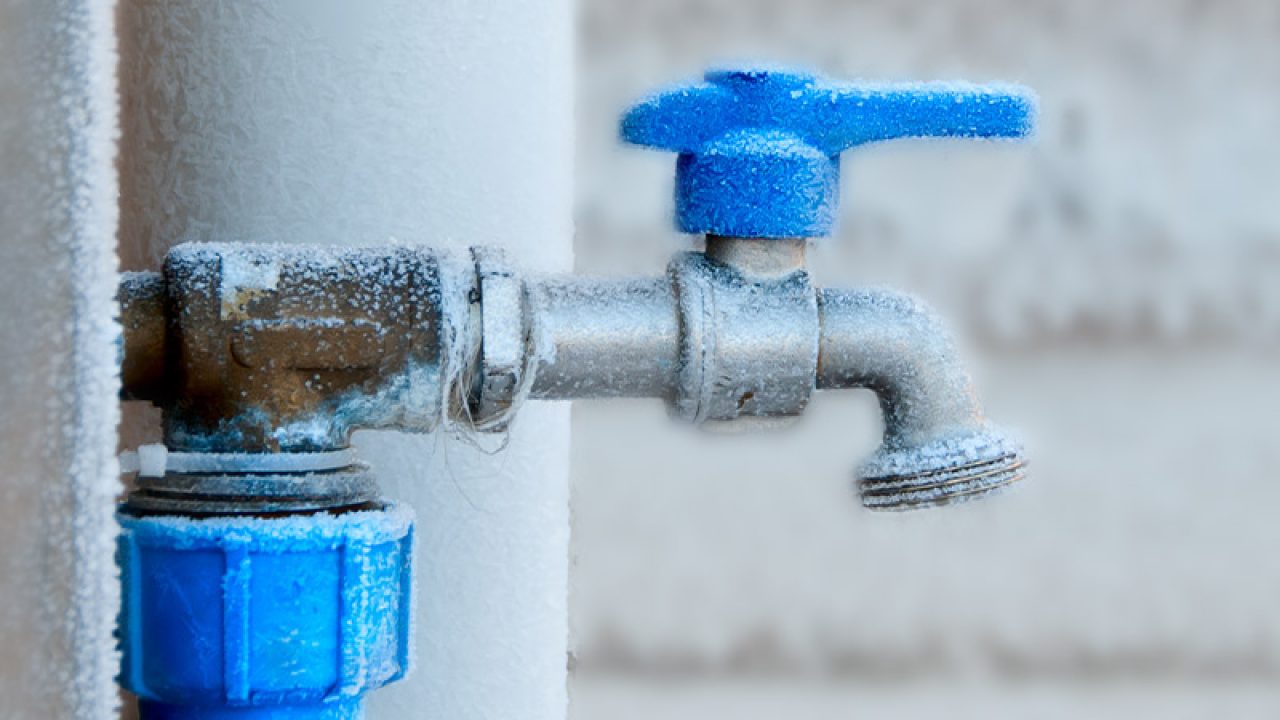The author is making a few good annotation regarding How to Prevent Your Pipes From Freezing overall in this article just below.

Cold weather can ruin your pipes, particularly by freezing pipes. Here's just how to stop it from happening and what to do if it does.
Introduction
As temperatures decline, the threat of icy pipelines rises, potentially leading to expensive repair services and water damages. Understanding exactly how to stop icy pipelines is crucial for property owners in cold climates.
Recognizing Frozen Pipes
What causes pipes to ice up?
Pipelines ice up when exposed to temperatures listed below 32 ° F (0 ° C) for prolonged periods. As water inside the pipes freezes, it expands, taxing the pipeline wall surfaces and potentially causing them to break.
Risks and damages
Icy pipes can lead to water disturbances, property damages, and expensive repair work. Ruptured pipes can flooding homes and create extensive architectural damage.
Indicators of Frozen Pipes
Determining icy pipelines early can prevent them from breaking.
Just how to recognize icy pipelines
Try to find lowered water flow from faucets, unusual odors or noises from pipes, and visible frost on exposed pipelines.
Avoidance Tips
Insulating prone pipelines
Wrap pipes in insulation sleeves or use heat tape to secure them from freezing temperatures. Concentrate on pipelines in unheated or exterior areas of the home.
Home heating techniques
Maintain interior spaces sufficiently heated up, specifically locations with plumbing. Open up cabinet doors to permit cozy air to circulate around pipes under sinks.
Shielding Outdoor Plumbing
Yard tubes and outdoor faucets
Disconnect and drain yard pipes prior to winter season. Install frost-proof faucets or cover outside faucets with shielded caps.
What to Do If Your Pipes Freeze
Immediate actions to take
If you suspect icy pipes, keep faucets open to eliminate pressure as the ice thaws. Make use of a hairdryer or towels taken in hot water to thaw pipes slowly.
Long-Term Solutions
Architectural changes
Take into consideration rerouting pipelines away from exterior wall surfaces or unheated areas. Include extra insulation to attics, basements, and crawl spaces.
Upgrading insulation
Buy high-quality insulation for pipelines, attics, and walls. Appropriate insulation aids preserve consistent temperatures and minimizes the threat of frozen pipes.
Final thought
Preventing icy pipelines needs proactive steps and fast responses. By comprehending the causes, indications, and preventive measures, homeowners can shield their plumbing throughout winter.
6 Proven Ways to Prevent Frozen Pipes and Protect Your Home
Disconnect and Drain Garden Hoses
Before winter arrives, start by disconnecting your garden hoses and draining any remaining water. Close the shut-off valves that supply outdoor hose bibs and leave the outdoor faucet open to allow any residual water to drain. For extra protection, consider using faucet covers throughout the colder months. It’s also important to drain water from any sprinkler supply lines following the manufacturer’s directions.
Insulate Exposed Pipes
Insulating your pipes is an effective way to prevent freezing. Pipe insulation is readily available at home improvement stores and is relatively inexpensive. Pay close attention to pipes in unheated areas such as the attic, basement, crawl spaces, or garage. Apply foam insulation generously to create a buffer against the cold. You can also wrap your pipes in heat tape or thermostat-controlled heat cables for added warmth.
Seal Air Leaks
Inspect your home for any cracks or openings that could let in cold air. Seal any holes around the piping in interior or exterior walls, as well as the sill plates where your home rests on its foundation. Additionally, make sure to keep your garage door closed unless you’re entering or exiting. Leaving it open creates a significant air leak that can lead to frozen pipes.
Allow Warm Air Circulation
During cold snaps, it’s essential to allow warm air to circulate evenly throughout your home. Leave interior doors ajar to promote better airflow. Open kitchen and bathroom cabinets to help distribute heat consistently around the rooms. If you have small children or pets, be sure to remove any household chemicals or potentially harmful cleaners from open cabinets for safety.
Let Faucets Drip
A small trickle of water can make a big difference in preventing ice formation inside your pipes. When temperatures drop significantly, start a drip of water from all faucets served by exposed pipes. This continuous flow helps prevent the water from freezing. Additionally, running a few faucets slightly can relieve pressure inside the pipes, reducing the chances of a rupture if the water inside does freeze.
https://choateshvac.com/6-proven-ways-to-prevent-frozen-pipes-and-protect-your-home/

As a serious person who reads on How To Avoid Freezing Pipes, I figured sharing that article post was a smart idea. Enjoyed our piece of writing? Please share it. Help someone else locate it. Thank you for going through it.
Show Details